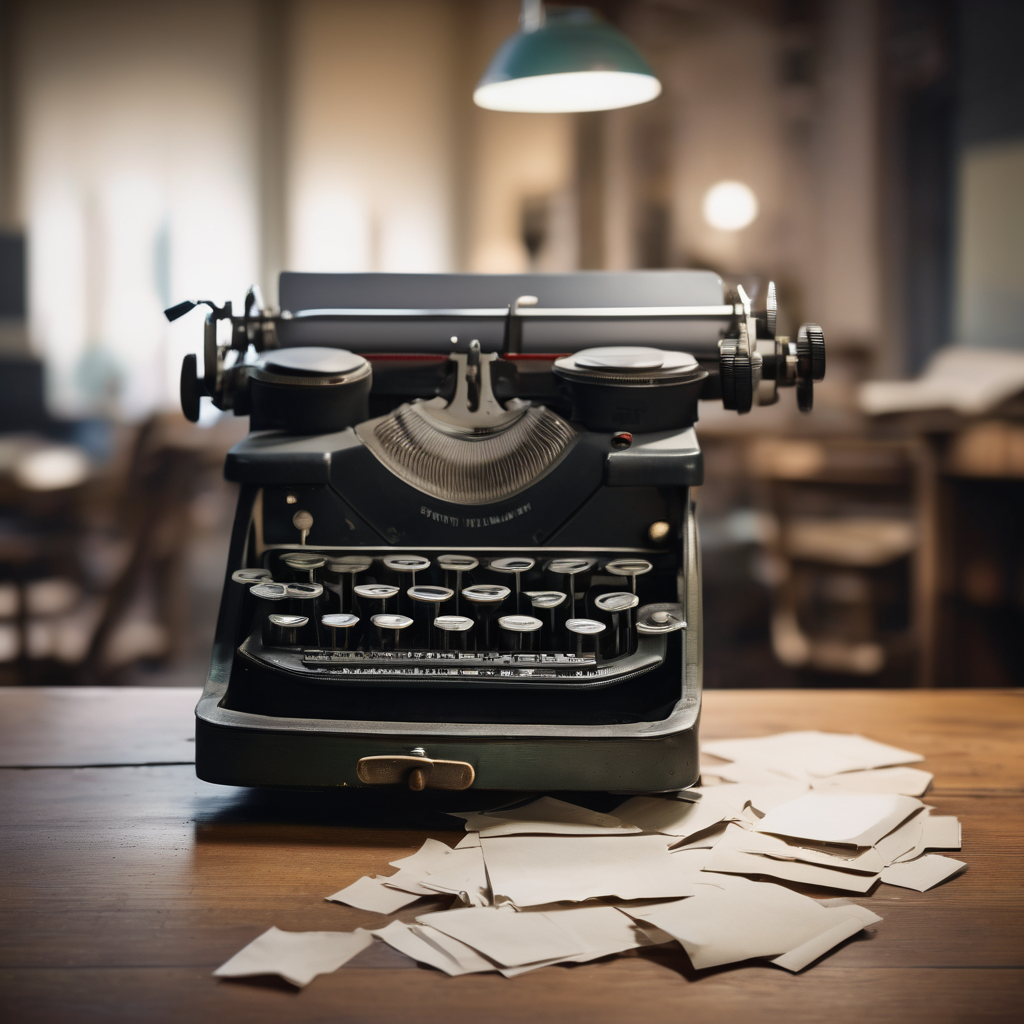The rise of advanced generative AI technology is reshaping the landscape of creativity and art in unprecedented ways. With the launch of OpenAI’s latest video-generation model, Sora 2, users can now conjure up surreal scenarios—like Michael Jackson moonwalking away with a KFC order or Peter Griffin clashing with anime heroes—prompting a deeper examination of the implications this technology holds for creative professions.
Generative AI video has seen significant strides, moving from fuzzy, low-resolution clips to nearly photorealistic videos complete with synchronized audio. The transformation accelerated since Modelscope introduced its text-to-video capabilities in 2023, setting a new benchmark with the viral “Will Smith Eating Spaghetti Test.” OpenAI positions Sora 2 as a platform akin to TikTok for synthetic media, allowing users to swipe through an endless array of AI-generated footage or create their own from existing prompts. However, the potential consequences raise significant concerns beyond mere entertainment.
For instance, during the 2024 election cycle, AI technology was weaponized by Russian-linked networks to disseminate fabricated videos targeting political candidates. Intelligence investigations linked these smear campaigns to individuals working with Russian military intelligence, producing misleading footage that reached millions and underscoring how AI can distort reality. While this past election may not have seen a significant sway in results due to these efforts, the growing capabilities of AI signal a looming challenge for the 2028 elections, highlighting the need for increased vigilance against misinformation.
Alongside political ramifications, a troubling trend is emerging in the art world. Critics have dubbed the wave of machine-generated content “AI slop,” describing a mishmash of lowest-common-denominator aesthetics pulled from existing human creativity. Hollywood is already beginning to embrace this shift, evidenced by OpenAI’s anticipated animated project “Critterz,” which aspires to be the first entirely generative animated feature. This shift poses a significant threat to the creative professions, potentially jeopardizing the livelihoods of over 1.2 million individuals in the performing and creative fields in the U.S.
Art, as a profoundly human endeavor, involves the communication of experiences, emotions, and stories—an intrinsic part of existence that may be diluted if creation becomes instantaneous and devoid of meaningful effort. As we increasingly relinquish decision-making to algorithms, we risk losing our ability to trust our own creative instincts, paving the way for a landscape where art becomes a sterile product rather than an expression of life.
Despite the urgent need for regulation and responsible development of AI technology, a prevailing profit-driven mindset creates barriers to ensuring that advancements serve humanity rather than exploit it. If navigated cooperatively on a global scale, AI could potentially free humanity from mundane tasks and enhance our lives in meaningful ways.
Yet, the current trajectory raises concerns, particularly when the magnificent potential of AI risks becoming a tool for passivity and constant consumption of content rather than a means of fostering human connection and creativity. Quick-fix solutions threaten to overshadow the beauty of struggle and the authentic joy derived from human creation.
As the lines between human effort and synthetic output blur, generations may struggle to cultivate the authentic experiences that define human existence. Our quest for meaning may increasingly lead us to chase fleeting digital wonders rather than engage with the rich tapestry of our actual world. Embracing the imperfections of reality presents a more fulfilling path than seeking synthetic counterparts that cannot replicate human experience.
Ultimately, the challenge remains to find balance, harnessing AI as a tool for genuine enhancement of human life while safeguarding the irreplaceable value of authentic creativity. As we stand at this technological crossroads, the future hinges on our ability to steer these innovations toward empowering humanity rather than rendering it obsolete.
